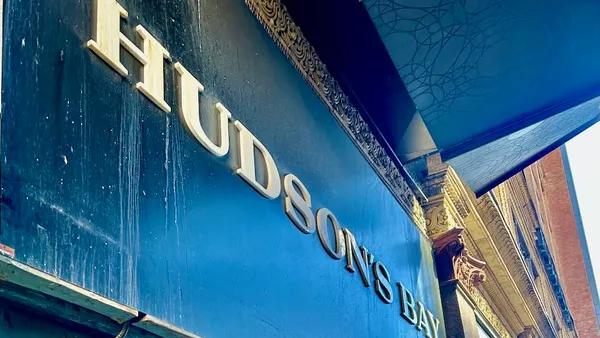Dive Brief:
-
Wal-Mart Thursday rolled out its own mobile payment app, dubbed Walmart Pay, that works on iOS and Android.
-
Customers can link their credit, debit, or Wal-Mart gift card to the app. To pay, shoppers scan a unique QR code that pops up at the payment terminal with their smartphone camera.
-
The mobile payment app in the future could be configured to accept Apply Pay or other NFC payments, and the company reiterated its support for CurrentC, the beleaguered, yet-to-launch mobile payment app developed by a group of retailers led by Wal-Mart itself.
Dive Insight:
Wal-Mart is among the MCX retailers that continue to refuse to accept Apple Pay (or Android Pay or Samsung Pay for that matter) despite the fact that the group’s own payment app has yet to get out of the gate.
So developing its own payment app may seem the solution to avoid missing out. While mobile payments are still only slowly growing, with many consumers still concerned about security and others simply finding their top of wallet card easier, they are nevertheless growing.
Starbucks has made a success of integrating payment into its highly successful mobile shopping app, but many experts say that one payment app per retailer won’t fly in the long run.
“Starbucks’ success reminds me of AOL, Netscape, and Napster in the early days of the Internet,” writes Ralph Dangelmaier, CEO of global payments processing company BlueSnap, in VentureBeat. “Their digital ‘wallet’ has the trappings of an early technology champion that will fall prey to companies that think bigger and execute later. A world with one mobile payment app per company would be unfeasible and inconvenient for consumers, no matter how many Frappuccino’s they guzzle per week. Don’t believe for a second that Apple, Google, Samsung, PayPal, Alibaba and the other Wallet Warriors will tolerate a payment ecosystem in which every major company processes its own transactions.”
Wal-Mart’s app, like Starbucks', is particularly sticky already, though. More than 22 million people each month use it to shop, according to comScore. And more than half of Wal-Mart’s Black Friday weekend web sales took place on mobile, more than at retailers that weekend overall.
Still, while Wal-Mart’s move to jump into mobile payments without waiting for CurrentC may be wise, it’s not clear that continuing to eschew acceptance of other mobile payment options will be.
There remains a place for well designed, well working mobile retail apps like Wal-Mart’s, Mark Tack, VP of marketing at mobile marketing firm Vibes, told Retail Dive earlier this year. But their limits can be taken up by the mobile wallets from Apple Pay and Android Pay, and retailers should not shirk either.
Mobile wallets organize everything in one place, few if any shoppers will be hitting individual retailer apps with such frequency, and, importantly, users seldom delete the content from their mobile wallets. As a result, they’re sticky and convenient, and full of marketing opportunities as a result, according to Tack.












